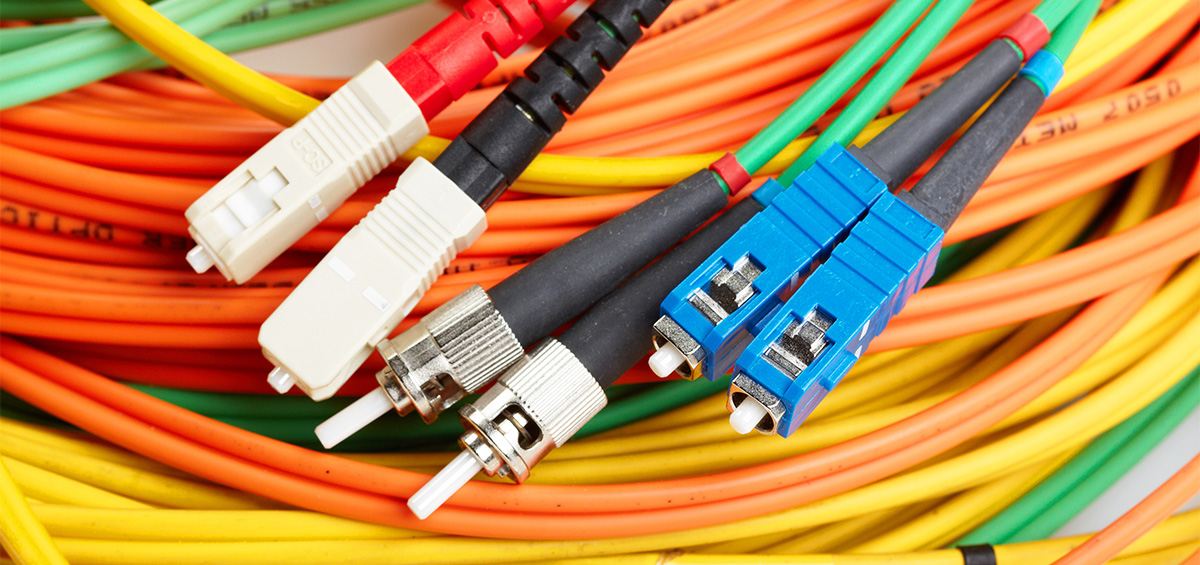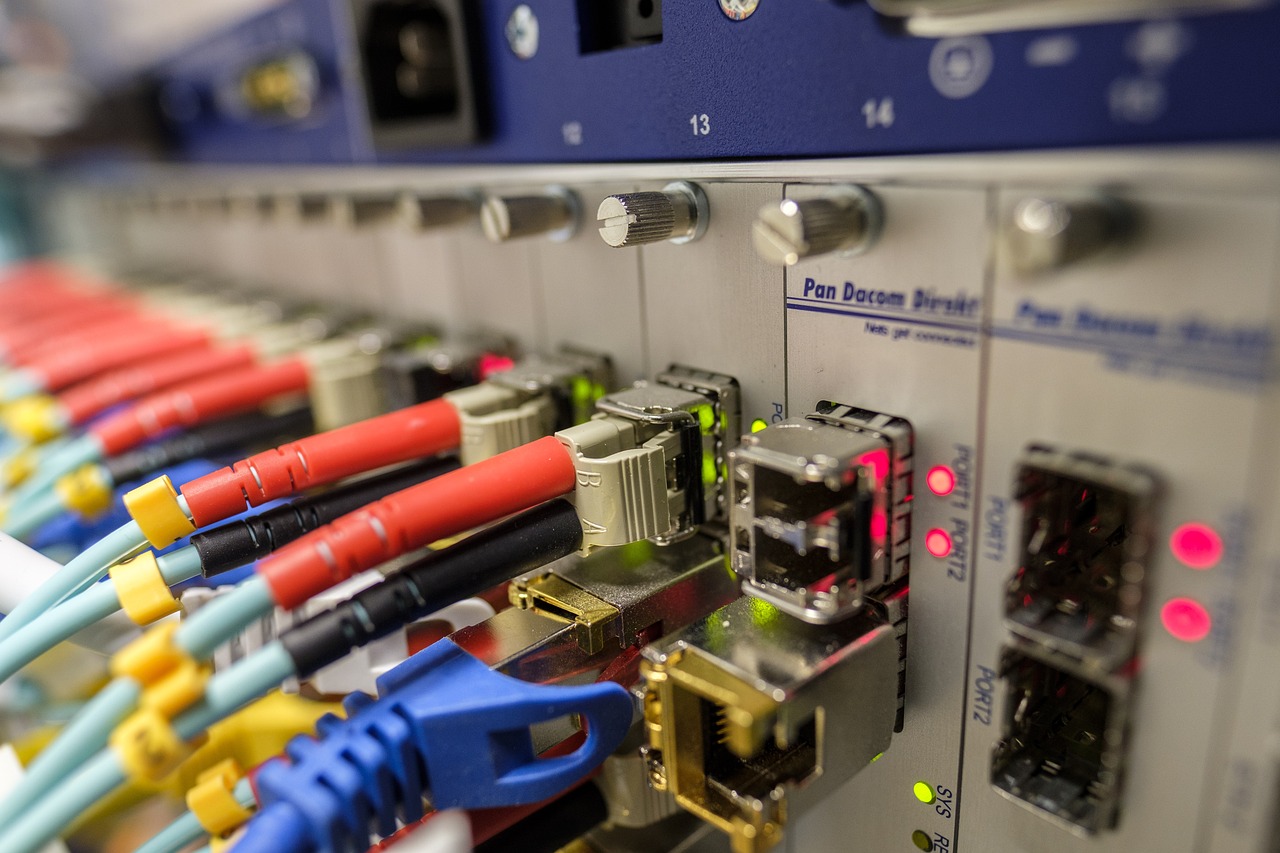Understanding Single-Mode and Multi-Mode Fiber Optic Patch Cords for Indoor and Outdoor Use

Exploring the Basics of Fiber Optic Patch Cords
Fiber optic patch cords play a crucial role in modern communication systems, enabling the seamless transmission of data over long distances with minimal signal loss. These cords are essential components of fiber optic networks, providing the necessary connections for transmitting data across various devices and systems.
What Are Fiber Optic Patch Cords?
The Role of Fiber Optics in Modern Communication
Fiber optics have revolutionized modern communication by offering unparalleled speed and bandwidth for transmitting data. They have replaced traditional copper wire systems due to their ability to carry large amounts of data more efficiently over longer distances.
Components of a Fiber Optic Patch Cord
A typical fiber optic patch cord consists of several key components, including the fiber core, cladding, buffer coating, and connector. The fiber core is at the center and carries the light signals, surrounded by the cladding that reflects the light back into the core. The buffer coating protects the core and cladding, while the connector facilitates easy connection to other optical devices.
Types of Fiber Optic Patch Cords
Single-Mode vs. Multi-Mode: A Preview
When it comes to fiber optic patch cords, two primary types are single-mode and multi-mode. Single-mode fibers are designed to carry a single mode of light, allowing for higher bandwidth and longer transmission distances compared to multi-mode fibers. Understanding these distinctions is crucial for selecting the most suitable option based on specific application requirements.
Diving Into Single-Mode Fiber Optic Patch Cords
Now, let's delve into the fascinating world of single-mode fiber optic patch cords and explore their unique characteristics and applications.
The Science Behind Single-Mode Transmission
How Single-Mode Fibers Work
Single-mode fibers are designed to carry a single mode of light, allowing for high bandwidth and longer transmission distances compared to multi-mode fibers. The core of a single-mode fiber is much smaller in diameter, typically around 8-10 microns, which enables the transmission of a single mode of light with minimal dispersion. This focused transmission results in lower signal loss and allows for the efficient transfer of data over extended distances.
Advantages of Using Single-Mode Fiber Optic Patch Cords
The utilization of single-mode fiber optic patch cords offers several distinct advantages. These cords are ideal for applications that require high-speed data transmission over long distances, making them well-suited for telecommunications networks, internet infrastructure, and long-haul networking. Additionally, single-mode fibers exhibit exceptional signal integrity, ensuring that data is transmitted accurately without interference or distortion.
Single-Mode Fiber Optic Patch Cords for Outdoor Use
Why Choose Single-Mode for Long-Distance Communication?
When it comes to outdoor communication and networking requirements, single-mode fiber optic patch cords are the preferred choice for transmitting data over extensive distances. Their ability to maintain signal strength over long-haul connections makes them indispensable for applications such as undersea cabling, telecommunication networks spanning across cities or countries, and long-distance internet connectivity.
Considerations for Outdoor Environments
In outdoor settings, factors such as exposure to environmental elements like moisture, temperature variations, and physical stress must be taken into account when deploying single-mode fiber optic patch cords. It's crucial to ensure that these cords are equipped with robust protective coatings and connectors designed to withstand harsh outdoor conditions while maintaining optimal signal quality.
Unpacking Multi-Mode Fiber Optic Patch Cords
Now, let's shift our focus to understanding the technology and practical applications of Multi-mode Fiber Optic Patch Cords. These cords are designed to carry multiple modes of light, offering specific advantages for indoor communication and networking scenarios.
Understanding Multi-Mode Fiber Optic Technology
The Basics of Multi-Mode Transmission
Multi-mode fiber optic patch cords utilize a larger core size, typically around 50-100 microns, allowing them to carry multiple modes of light. This design enables the transmission of data over relatively short distances with high bandwidth capabilities. The larger core size accommodates various light signals, resulting in a mode dispersion that allows for efficient data transmission within confined spaces.
Benefits of Multi-Mode Fiber Optic Patch Cords
The utilization of multi-mode fiber optic patch cords presents several benefits for indoor communication systems. These cords are well-suited for applications that require high-speed data transmission over shorter distances, making them ideal for local area networks (LANs), campus networks, and enterprise environments. Additionally, their cost-effective nature and compatibility with commonly used optical sources contribute to their widespread adoption in indoor settings.
Multi-Mode Fiber Optic Patch Cords for Indoor Use
Ideal Scenarios for Multi-Mode Use
In indoor environments, multi-mode fiber optic patch cords find optimal use in scenarios where high bandwidth connectivity is required within limited spatial constraints. They are particularly suitable for connecting network devices within buildings, facilitating seamless data transfer across office spaces, server rooms, and other localized networking setups.
Installation Tips for Indoor Settings
When deploying multi-mode fiber optic patch cords in indoor settings, it's essential to consider factors such as proper cable management and connector compatibility. Ensuring efficient routing and organization of the cords within structured cabling systems contributes to maintaining signal integrity and minimizing potential signal loss or interference.
Practical Applications and Considerations
Choosing Between Single-Mode and Multi-Mode
When considering the selection of fiber optic patch cords, several factors come into play to determine the most suitable option for specific application requirements. Bandwidth, transmission distance, and environmental conditions are crucial considerations when choosing between single-mode and multi-mode fiber optic patch cords.
Factors to Consider
Bandwidth Requirements: Assess the data transmission needs to determine whether high bandwidth over long distances (single-mode) or moderate bandwidth over shorter distances (multi-mode) is more suitable.
Transmission Distance: Evaluate the distance over which data needs to be transmitted, as single-mode fibers excel in long-haul communication, while multi-mode fibers are ideal for shorter connections.
Cost Considerations: Consider the budget constraints associated with installation and maintenance, as multi-mode solutions often present a more cost-effective option for indoor networking setups.
Real-World Application Examples
In real-world scenarios, single-mode fiber optic patch cords are commonly employed in applications such as transcontinental telecommunications networks, submarine cabling systems, and high-speed internet infrastructure spanning across vast geographical areas. On the other hand, multi-mode fiber optic patch cords find extensive use in local area networks (LANs), enterprise data centers, and campus networking environments where high-speed connectivity within confined spaces is essential.
Maintenance and Care Tips
Ensuring Longevity of Your Fiber Optic Patch Cords requires proactive maintenance practices to preserve optimal performance and minimize potential signal degradation.
Ensuring Longevity of Your Fiber Optic Patch Cords
Regular Inspections: Conduct routine visual inspections to check for any signs of physical damage or wear on the patch cords.
Proper Cleaning: Utilize appropriate cleaning tools and techniques to remove dust, dirt, and contaminants from connectors and cable ends to maintain signal integrity.
Environmental Protection: Implement protective measures against environmental factors such as moisture, temperature fluctuations, and excessive bending that could compromise the performance of fiber optic patch cords.
Common Issues and How to Avoid Them
Common issues with fiber optic patch cords include signal loss due to contamination or damage, connector misalignment, and excessive bending leading to fiber breakage. To avoid these issues, it's essential to adhere to proper handling procedures during installation, regularly clean connectors using lint-free wipes and alcohol-based cleaners, and ensure that cables are not subjected to tight bends or excessive tension that could compromise their structural integrity.
See Also
Selecting the Perfect Custom Duplex OM1 Multimode Fiber Cable
Comprehending Armored LSZH FTTA Fiber Patch Cable for Outdoor Use
Choosing the Best Custom Duplex OM1 Multimode Fiber Cable
The Ultimate Handbook for 12 Core Armored Outdoor Fiber Cables
Boost Your Network with Custom Duplex OM1 and OM2 Fiber Cables


